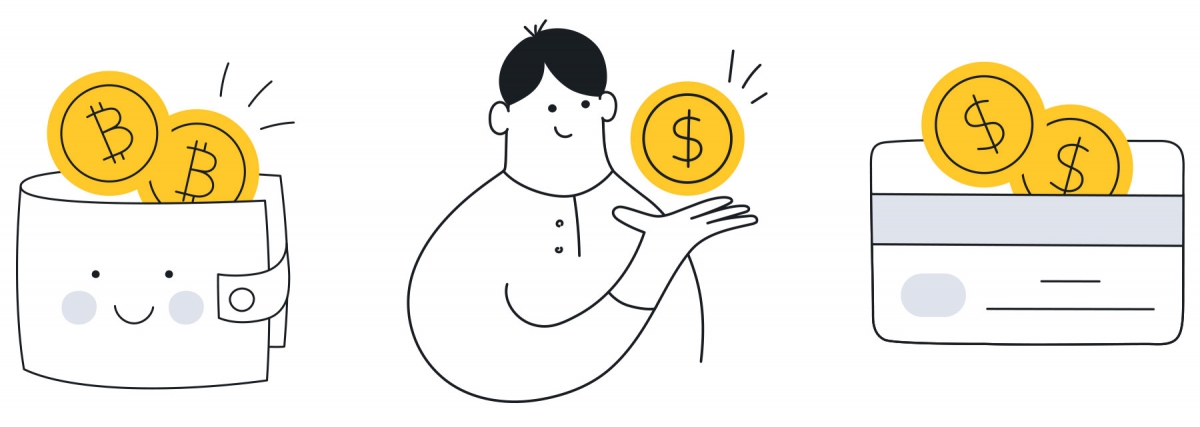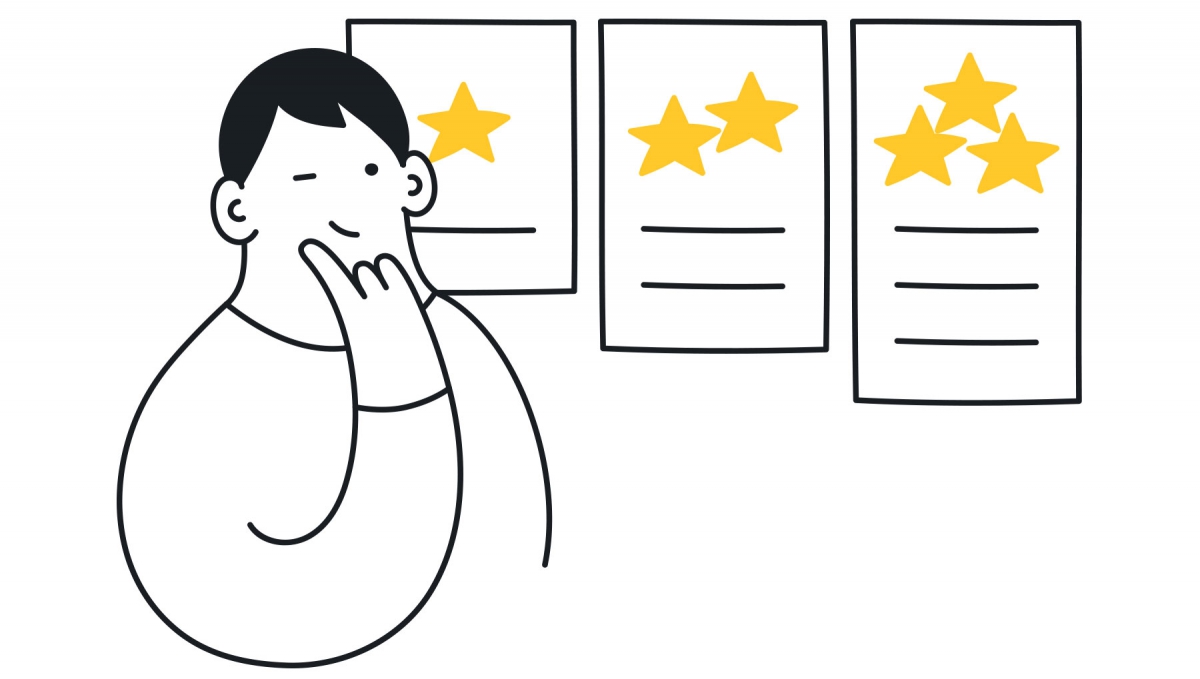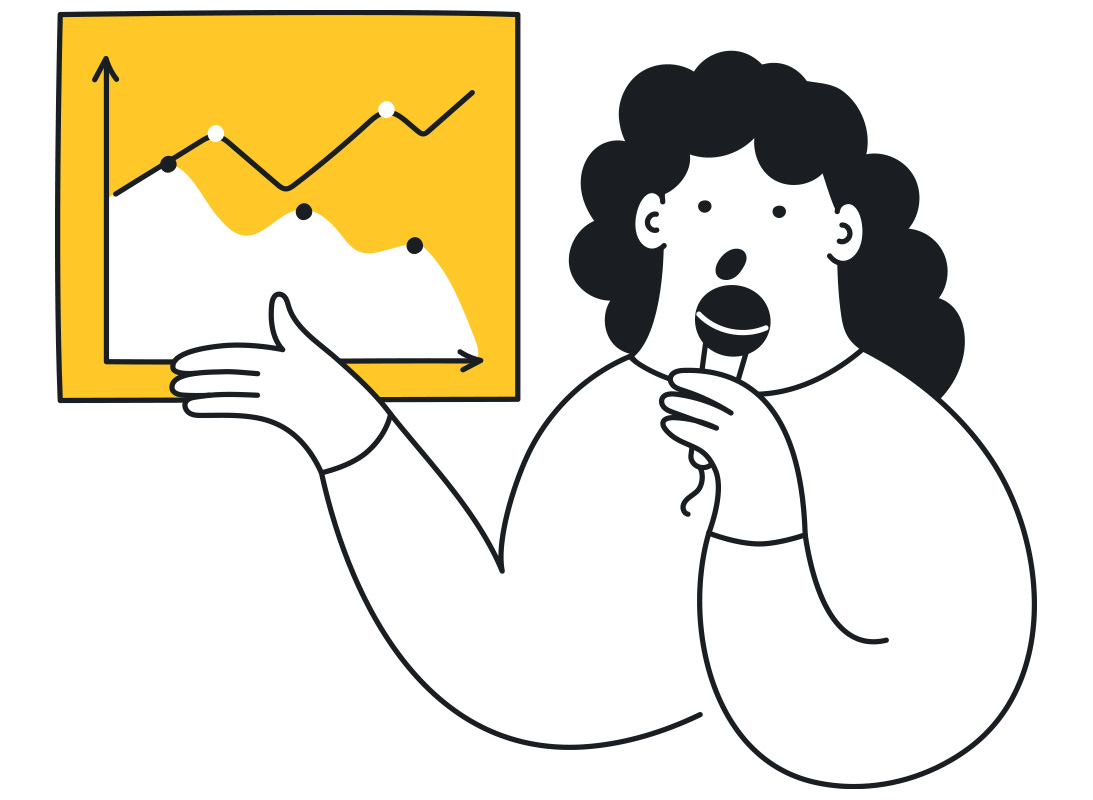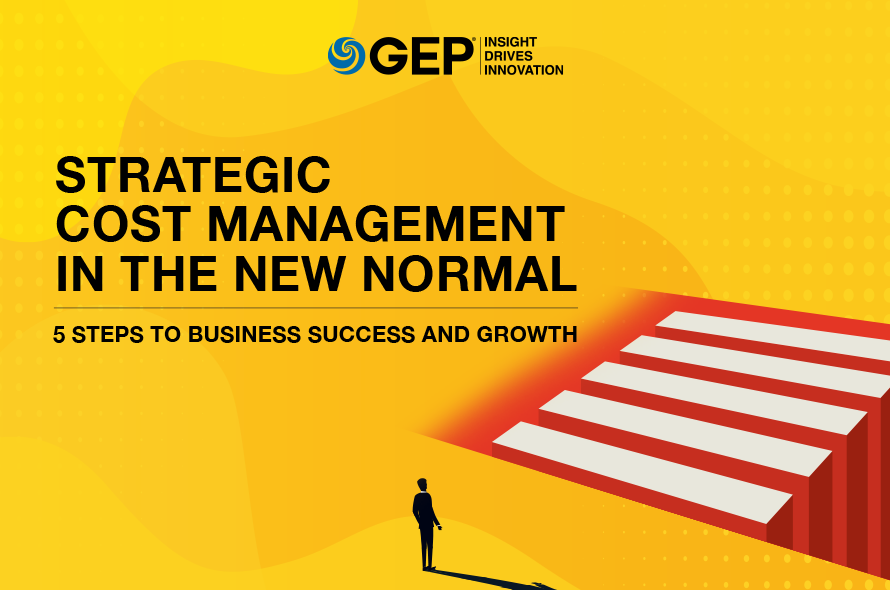Things are looking up for businesses, finally. The global economy is recovering, and enterprises can look forward to improved demand and revenue growth.
The crisis may have passed, but this is not the time to take your eyes off cost management.
Our white paper, Strategic Cost Management in the New Normal: Five Steps to Business Success and Growth, discusses how a robust strategic cost management program will better position companies to explore opportunities and drive growth, and recommends five specific areas that businesses should focus on to make a success of their cost control initiative.
What’s Inside:
- How strategic cost management can help organizations
- How Budget to Pay simplifies such collaborative initiatives
- Case study: Global manufacturing firm cuts costs by 18% in 2020
This paper is essential reading for finance and procurement leaders who want to build a powerful defense against economic uncertainty and enable their organizations to flourish in the new normal.
Economic forecasts are “cautiously optimistic” as we get deeper into 2021. Optimistic because vaccine rollouts in the major economies have triggered economic recovery. Cautious because the threat of new, more powerful coronavirus strains looms large.
The European Commission’s Spring 2021 forecast estimates the European Union GDP to grow by 4.2% in 2021 and by 4.4% in 2022, bringing it to pre-pandemic levels by mid-2022.1 The forecasts for U.S. GDP recovery are also positive, with an estimated growth of 6.7% in 2021 and 3.7% in 2022.2
Today’s scenario is dramatically different from 2020, when the U.S. GDP contracted by 3.5% and the European Union GDP by 6.2%.3 In the 2020 recession, most companies switched to survival mode to see through the pandemic-induced challenges. To maintain financial health, organizations deployed programs to mitigate supply risk and manage costs.
The positive economic outlook for 2021 and beyond comes as a relief after more than a year of struggle, as the economic growth will undoubtedly translate into expanded revenue opportunities. Historically, during periods of revenue growth, cost management gets deprioritized as focus shifts to driving growth. However, considering the current circumstances, organizations should not take their eyes off the ball — cost management should not be limited to periods of crisis.
This white paper examines how companies across industries will be better positioned by implementing a robust, sustainable strategic cost management program. It discusses the areas companies should focus on in the new normal and the true value of a well-implemented strategic cost management program.

How Strategic Cost Management Will Help
- Recalibrate Costs to the New Normal: The key objective of strategic cost management is to improve competitiveness through cost base optimization. The new normal has led to changes in the cost base resulting from revisions in market dynamics, consumer behavior and new ways of working. Therefore, recalibrating the cost base through a strategic cost management initiative will yield value.
- Create a Funding Avenue to Fuel Growth: To fuel revenue growth over the coming months, investments will be required in areas such as manufacturing automation, process improvement, IT and logistics upgrade. Strategic cost management can become an additional funding avenue by channeling costs from unproductive endeavors to high-value ones.
- Bring Agility Into Cost Management: A spike in COVID-19 cases in the future could slow down economic recovery. A strategic cost management framework will help companies become more agile in managing costs in tune with fast-changing market conditions.

Five Areas of Focus

Organizations that focus on the following five areas of strategic cost management will significantly increase cost effectiveness and operational efficiency.
1. Develop Cost Transparency
To optimize costs, an organization should be able to translate the impact of revenue forecasts and the entailing business activity to its cost base. Unfortunately, enterprises often lack cost-related insights despite periodically publishing cost reports. Therefore, it’s necessary to have answers to these three questions:
- What costs were incurred
- Why these costs were incurred
- Who (which entity) incurred these costs
All business functions need to align on costs. But the understanding of cost varies starkly among different areas. For example, business is focused on budgets, finance analyzes accrued costs, and procurement scrutinizes supplier invoices. This lack of alignment can impede efforts to drive enterprise-wide cost optimization initiatives.
The key is developing a “single source of truth” on the actual costs incurred within a period, with clear links between costs and business activities.
Such clarity will help further categorize costs as fixed vs. variable, discretionary vs. non-discretionary. Then, based on business outlook and strategy, a company can define policy on managing different types of expenses. For example, there can be a restriction on discretionary consulting costs until the forecasted revenue exceeds a specific value.
2. Build Cross-Functional Collaboration
For strategic cost management to be effective, collaboration across functions — especially among budget owners from business, finance and procurement — is vital. Unfortunately, the challenge most organizations face here is that these functions operate in silos.

Take sourcing, for example. Typically, the budget owner chooses a supplier that can fulfill the business requirements and passes it on to procurement for negotiations with the supplier. Finance does not get involved as long as the overall costs are within budget.
This disconnected effort leads to significant missed opportunities to optimize costs. True cost management requires a major attitude shift in which budgets are treated as limited resources to be used judiciously for value-generating business activities.
Executive sponsorship of the cost management program will provide a further impetus to bring the concerned stakeholders together and ensure cross-functional alignment.
The key is implementing a governance framework where budget owners are empowered to manage their resources with support from finance and procurement stakeholders. There should be a cadence to track budget versus actual cost, and the team should jointly arrive at actions when actual costs exceed the budget. At the same time, there should be a provision to call for additional spending provided there is a business case for value generation.
3. Apply a Clean-Sheet Approach to Budgeting
The traditional approach to budgeting uses the previous year’s costs as the baseline. Then, it builds on it to estimate the current year’s budget, accounting for forecasts on production volume and sales revenue. That may have worked until now, but the pandemic has caused significant changes to the business environment. Companies will benefit from applying the clean-sheet approach to budgeting every year. Estimate the budget bottom-up from level zero based on intended business activity.
The two key factors to be considered for budgeting are:
- Quantity as per sales forecast and production volume estimate
- Price per unit as per evolution of the supplier market
This approach should also account for procurement-driven supplier price reductions. In addition, revisions in the cost profile due to new policies — e.g., restrictions on travel, meetings and events — should also be incorporated into the budget.

Every major cost category in the clean-sheet budget should answer what, why and who concerning budgeted costs. This clarity enables the company to analyze the drivers for adverse budget variances, such as increased volume, pricing non-compliance, or process inefficiency. While rising volume driven by market demand justifies cost increases, in other situations, it provides an opportunity to address the issue and control further cost increases.
The budget should also reflect spending expectations across quarters with provisions to adjust them quarterly as the business environment is expected to be dynamic. For instance, a country or a trade bloc currently in lockdown may open after a vaccine rollout in a month, leading to significant revisions in economic activity and revenue projections for that region.
Global Manufacturing Firm Cuts Cost by 18%, Improves EBITDA During Pandemic Year
An EU-based industrial manufacturer with global operations partnered with GEP to implement a strategic cost management program in 2020.
After WHO declared the outbreak of the COVID-19 pandemic in Q2 2020, anticipating an adverse impact on the global economy, the firm reviewed and reduced its budget in discretionary spend areas such as outdoor advertisement, travel and events. All PO commitments in areas of discretionary spend were assessed and renegotiated accordingly to ensure the company does not incur costs for low-value activities.
A part of the freed-up budget was reinvested to make its factories COVID-19-compliant through improved sanitization and PPE. Also, additional resources were set aside for hiring temporary labor as a local COVID-19 outbreak impacted many factory floor employees.
Despite a 12.7% fall in revenue, the company, through strategic cost management, reduced its cost by 18.1% and helped sustain and further improve the EBITDA by 30bps in the challenging fiscal year of 2020.

Companies should strive to be as granular and methodical in their budgeting as possible. Traditionally, the different cost components — direct costs, Cost of Goods Sold (COGS), salaries and wages (S&W) and indirect costs — are lumped together in the budget. While this gives finance the flexibility to manage the overall budget, it hampers visibility into actual costs across components, making it difficult to monitor and take timely actions when there are instances of price non-compliance or process inefficiency. Therefore, it’s advisable to budget for each cost component separately.
4. Gain Insights Into Costs vs. Value Delivery
When indirect costs are analyzed, it is seldom reviewed in relation to sales and/or production activity. For example, a 10% drop in transportation cost does not sound as good when the warehouse inbound and outbound volume has fallen 15%. Expressing costs incurred compared to revenue or production volume is an effective way to periodically analyze whether the cost is in proportion to the underlying business activity, and how the incurred cost contributes to the value chain.
| Types of Costs | Value Delivery Metrics |
|---|---|
| Corporate or Shared Services such as IT, HR, Finance | Cost as percentage of sales or cost per employee |
| Temporary Labor, Production Utility, Repairs and Maintenance | Cost as percentage of production volume |
| Marketing, Business Travel | Cost as percentage of sales generated |
Source: GEP
These metrics can be additionally benchmarked against peers or industry norms to identify areas for review to drive further cost reduction. Businesses currently have an opportunity to optimize their real estate footprint as it has become the norm for employees to work remotely on a partial basis. With digitalization and further investments in technology to streamline remote working, the need to have all employees physically present in the same workplace at the same time is no longer crucial. On the other hand, IT costs could increase significantly owing to the investments necessary to enhance infrastructure to support remote working.
Tracking costs with metrics will also allow firms to channel budgets into high-return initiatives. For example, in the case of marketing initiatives for generating sales, tracking ROI in the form of cost per sale can help prioritize high ROI programs. This approach is similar to tracking hurdle rates such as NPV or IRR while prioritizing capital projects.
5. Leverage Digitalization Solutions
For effective strategic cost management, cross-functional collaboration and regular monitoring of costs are essential. The data needed to monitor cost performance against budgets may be located across multiple systems: Actual costs incurred are maintained in the finance ERP systems, while records of purchase order commitments and purchase requests are in the procure-to-pay system.
To add to this challenge, team members are now working remotely, leading to challenges in cross-functional collaboration. Under such circumstances, it can be complex to initiate and execute a strategic cost management program.
There is a pressing need for a cloud-based, unified software solution that provides spend visibility, variance reports, cost analytics and value delivery metrics on user-friendly dashboards that can be easily accessed and reviewed by business, finance and procurement teams. The ability to monitor budget consumption on a real-time basis and trigger actions, such as additional approval mechanisms for PRs when budget consumption is over a certain threshold, would be an added advantage.
A budget-to-pay (B2P) digital solution can simplify collaborative cost management initiatives managed by procurement and finance and provide fail-safe mechanisms necessary to manage costs, covering all stages, from budgeting right up to payment. B2P is a framework that will enable finance and procurement to work closely during the annual budget-setting process.  Once the budgets for the different cost categories are aligned, every purchase request can be tracked against a specified budget. Translation: no budget, no purchase.
Once the budgets for the different cost categories are aligned, every purchase request can be tracked against a specified budget. Translation: no budget, no purchase.
Forging Ahead With Cautious Optimism
The Western economies are expected to return to pre-pandemic levels by 2022. Enterprises can now look forward to revenue growth after more than a year of unprecedented disruptions and challenges. However, the need for caution remains. Businesses can retain their competitive advantage in this unpredictable climate provided they can avoid financial stress.
An effective strategic cost management program is a powerful defense against economic uncertainty. It will enable enterprises to become agile, meet business challenges head-on and thrive over the short to medium term.

- “Spring 2021 Economic Forecast,” European Commission, May 2021 | https://ec.europa.eu/
- Beth Ann Bovino, Satyam Panday, Debabrata Das, “Economic Outlook U.S. Q3 2021: Sun, Sun, Sun, Here It Comes,” S&P Global, 24 June 2021 | https://www.spglobal.com/ratings/en/research/articles/210624-economic-outlook-u-s-q3-2021-sun-sun-sun-here-it-comes-12014595
- “GDP Growth (Annual %),” The World Bank | https://data.worldbank.org/indicator/NY.GDP.MKTP.KD.ZG/a>

